
Airbus A350-1000 and A380. Photo: Airbus
Back in 2019, at their annual conference, Airbus officials announced that the A350 would replace the A380 as the company’s premier passenger plane due to financial factors.
The A380 production ended with the departure of former Airbus CEO Tom Enders due to a lack of demand; the company had 17 orders in the backlog.
After Emirates cut its A380 order by 39 aircraft, leaving just 14 on the backlog, the final decision was reached to terminate production on the A380. All Nippon Airways received the last three of the remaining A380s.
According to former CEO Tom Enders, this decision marked “the end of an era.”
Although airline passengers continue to show enthusiasm for the A380 thanks to its double-decker cabin and massive exterior, Airbus was unable to secure enough orders to keep the programme going. Airbus had considered updating the 519-seat aircraft with new engines and introducing a bigger model but ultimately opted against both.
Successes and innovations pioneered by the A380 are now found in next-generation planes like the A350 and A320neo.
For instance, the A380 pioneered an integrated modular avionics design, and the avionics full duplex (AFDX) switched Ethernet bus, both of which are now standard on all Airbus passenger planes.
When Airbus discontinued manufacturing the A380, the A350 replaced it as the company’s largest passenger plane; however, the differences are noticeable.
The A380-800 layout with 519 seats is typically configured (16 First, 92 Business and 411 Economy) and the maximum distance range is 8,500 nmi (15,700 km).
The A350-1000 accommodates 350 to 410 passengers depending on the configuration and has a maximum range of 16,100 km (8,700 nmi); this last figure gives it away plainly. The A380 carries 110 passengers, more than the A350, but it has four engines and a shorter range.
In February 2019, Emirates slashed their A380 order; however, the airline has since restored its faith in Airbus’ placing orders for A330-900 and A350-900 aircraft. Before the A350’s introduction into service in 2015, the Middle Eastern airline cancelled a $16 billion contract for 70 planes, citing performance concerns.
Since he stepped in in July 2019, Airbus CEO Guillaume Faury has always believed that the A350 would become Airbus’ showpiece product.
Faury then stated that increasing the manufacturing pace of the A320 and A350 was a top priority for Airbus going forwards.
Faury also made it plain that Airbus had to shift its attention toward developing electric-powered aircraft and had no interest in competing to revive supersonic passenger flight.
When asked about the most significant obstacle facing Airbus, Faury responded, “We want to become electric.”
Supersonic travel is amazing, and the engineers who came before Airbus worked on it. I believe there must be reasonable rules for everything that may go through the air. A supersonic speed will not be our top objective,” Faury said.
The last battle Airbus is fighting is with Qatar Airways, which has been embroiled in a court struggle for months over “severe and valid safety concerns” following the delivery of A350 planes.
Qatar Airways, the country’s state-owned airline, is suing for compensation, claiming that the faulty jets led it to ground 21 of its 53 Airbus A350s in both the 1000 and 900 series.
The disagreement began after Qatar Airways expressed worries about the condition of its A350s in November 2020, when an attempt to repaint a five-year-old plane in World Cup livery revealed about 980 faults.
The issue is still ongoing, with Airbus cancelling any future aircraft orders from Qatar Airways, while the A380 is back in the air and flying high after carriers grounded the superjumbo at the start of the pandemic, vowing not to resurrect it because of the related high operating costs.
In conclusion, can the A350 replace the A380 as Airbus’s flagship aircraft? The answer is yes in today’s market landscape for several good reasons.
The A350 has a longer range and additional route options for airlines worldwide. Furthermore, its smaller passenger capacity becomes a benefit, allowing airlines to consider routes to secondary airports rather than having to keep to hub-to-hub operations, despite the A380’s airport limitations. The International Civil Aviation Organization classifies it as a Code F aircraft due to its massive size and wide wingspan (ICAO).
One of the primary reasons for this is the A380’s efficiency. While the aircraft makes sense for longer flights, the A350 outperforms it in terms of fuel consumption.
As I have mentioned, the A380 provides an excellent passenger experience. It’s large, comfy, and quiet, but how does it compare to a more contemporary aircraft like the A350?
The Airbus A380 is incredibly quiet and performs highly steady airborne manoeuvres. These aircraft frequently feature added luxuries for premium passengers, such as bars and showers, and the inherent anti-turbulence technology provides for a comfortable flight, so the A380 will always occupy a special place in the hearts of aircraft enthusiasts.
Unfortunately, the commercial aviation landscape that spurred its development had evolved, and it no longer commanded the same position for which it was designed. However, its largest operator, Emirates, claims this is due to airlines not using it effectively.
The A350, on the other hand, maybe lacking in glitz, with no bar or shower, but it is a fantastic aircraft with exceptional fuel efficiency and enough passenger amenities to suit any flyer. The A350 is certainly a better match for the future in an era when flexibility, agility, and efficiency are valued far more than flying hotels with bathrooms onboard.
The A350 is unquestionably the greatest aircraft for an airline. For the rest of us, let’s hope we can get past the appeal and effect of the A380 and learn to appreciate the wonderful things that come in smaller packages as well.
The A350 is less expensive to operate and purchase. The A380 is not only more expensive to run and purchase, but it is also more difficult to fill. If the point of the profit is 50% capacity (for example), an A350 will become profitable faster than an A380.
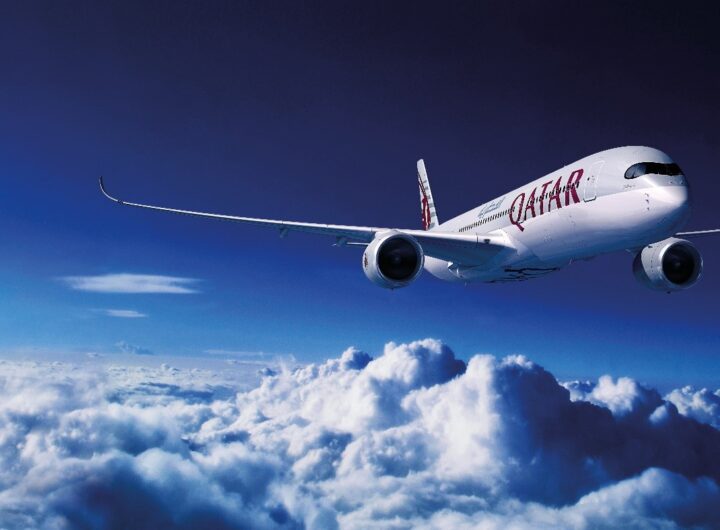 Qatar Airways Resumes Flights To Malta: Enhancing International Connectivity
Qatar Airways Resumes Flights To Malta: Enhancing International Connectivity 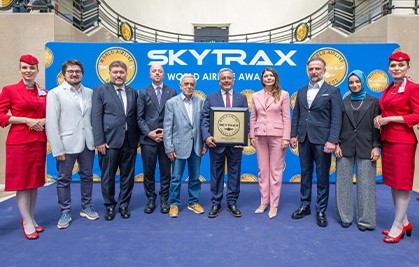 Turkish Airlines Crowned Best Airline in Europe for the Tenth Time
Turkish Airlines Crowned Best Airline in Europe for the Tenth Time 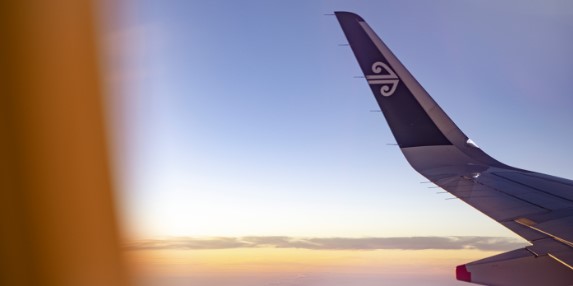 Taking on the Tasman: Air New Zealand Unleashes 1.7 Million Seats for Summer
Taking on the Tasman: Air New Zealand Unleashes 1.7 Million Seats for Summer 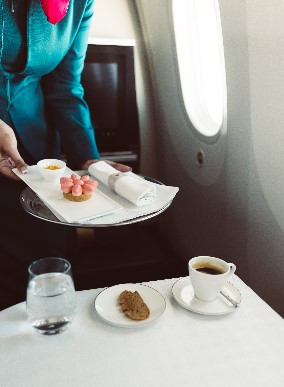 Oman Air Elevates In-Flight Dining with Exquisite Omani Rock Rose Dessert
Oman Air Elevates In-Flight Dining with Exquisite Omani Rock Rose Dessert  Cathay Pacific Elevates Inflight Dining with ‘Chinese Classics’ Menu
Cathay Pacific Elevates Inflight Dining with ‘Chinese Classics’ Menu 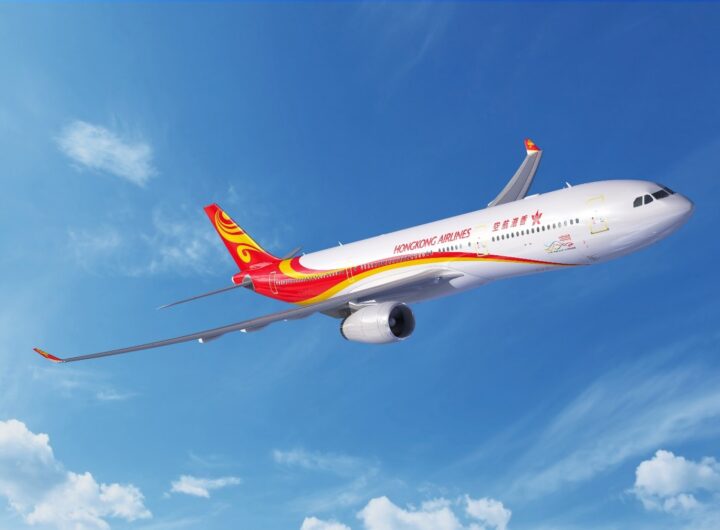 Hong Kong Airlines Set to Land in Sydney—And Travellers Reap the Rewards
Hong Kong Airlines Set to Land in Sydney—And Travellers Reap the Rewards  Viking Cruises Unveils 14 New Ocean Itineraries for 2026 & 2027
Viking Cruises Unveils 14 New Ocean Itineraries for 2026 & 2027  Seabourn Elevates Onboard Dining with New Menus and Local Flavours
Seabourn Elevates Onboard Dining with New Menus and Local Flavours  Oceania Cruises Marks a New Era with the Construction of the First Sonata Class Ship
Oceania Cruises Marks a New Era with the Construction of the First Sonata Class Ship 